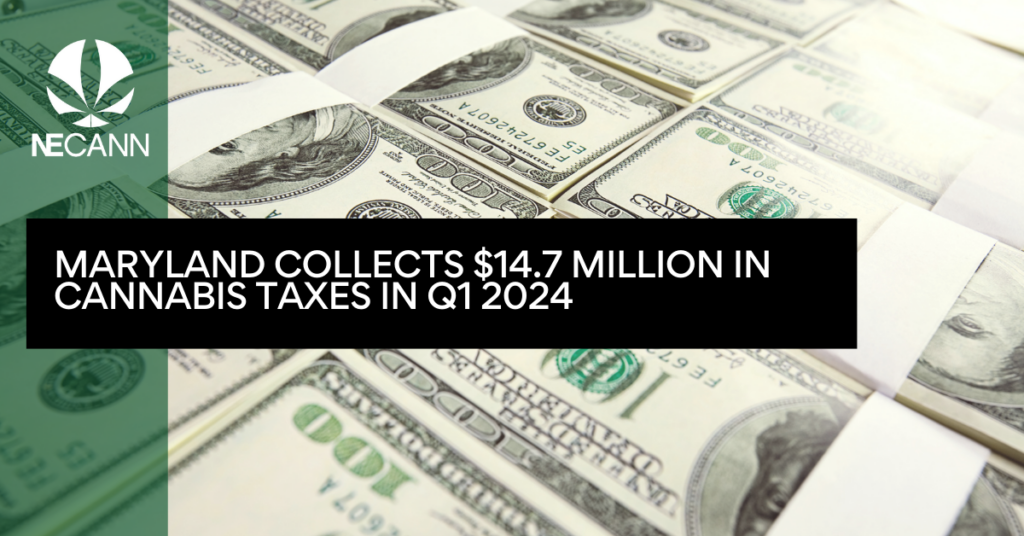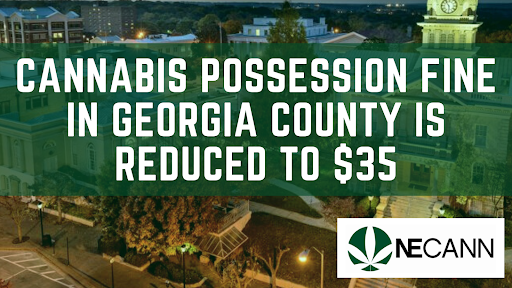Maryland’s Office of the Comptroller reported approximately $14.7 million in cannabis tax revenue for the first quarter of 2024. This represents a 0.7% increase from the previous quarter, as detailed by Maryland Matters.
Comptroller Brooke Lierman emphasized the economic potential of the state’s growing cannabis industry. “Maryland’s growing cannabis industry holds immense potential for economic growth. Reinvesting the revenue from adult-use cannabis sales into communities that were damaged by misguided policies allows us to further create a more equitable, resilient, and prosperous future for all Marylanders,” Lierman stated.
Regional Tax Collection Breakdown
- Capital Region: Montgomery and Prince George’s counties generated over $6.7 million in cannabis taxes, representing 46% of the state’s total and a 76% increase from Q4 2023. This significant rise highlights the region’s strong consumer base and the effectiveness of local dispensaries in capturing market demand.
- Central Region: Contributed $3.7 million, reflecting a 44% decrease from the last quarter of 2023. The decline suggests potential challenges that the region might be facing, such as market saturation or competitive pressures.
- Eastern Region: Reported $1.6 million, marking a 15% increase and its second consecutive quarter of growth. This consistent uptick indicates a steadily growing market presence and consumer adoption in the area.
- Southern Region: Saw a 40% decline in sales tax collections, totaling $618,218. This sharp decrease calls for further analysis to identify underlying factors, such as economic shifts or changes in consumer behavior.
- Western Region: Experienced a 29% increase quarter over quarter, showing promising growth and potential for further market expansion in the region.
Maryland allocates cannabis tax revenue to address various social and economic needs, ensuring that the benefits of legalization extend to communities that have been most affected by past prohibition policies:
- 35% to areas disproportionately impacted by cannabis prohibition, aiming to rectify historical injustices and foster community development.
- 5% to the state’s 24 political subdivisions, supporting local government initiatives and public services.
- 5% to a fund addressing the adverse health effects of adult cannabis use, promoting public health and safety.
- 5% to a fund supporting small, minority-owned, and women-owned cannabis businesses, encouraging diversity and entrepreneurship within the industry.
- The remaining balance, amounting to $5.9 million from Q1 2024, goes to the state, providing vital resources for statewide programs and infrastructure.
Maryland’s strategic allocation of cannabis tax revenue aims to foster economic growth and social equity. By reinvesting in affected communities, the state is working towards building a more equitable and resilient future. The growth in tax revenues also underscores the potential for continued expansion and economic benefit from the legal cannabis market.



